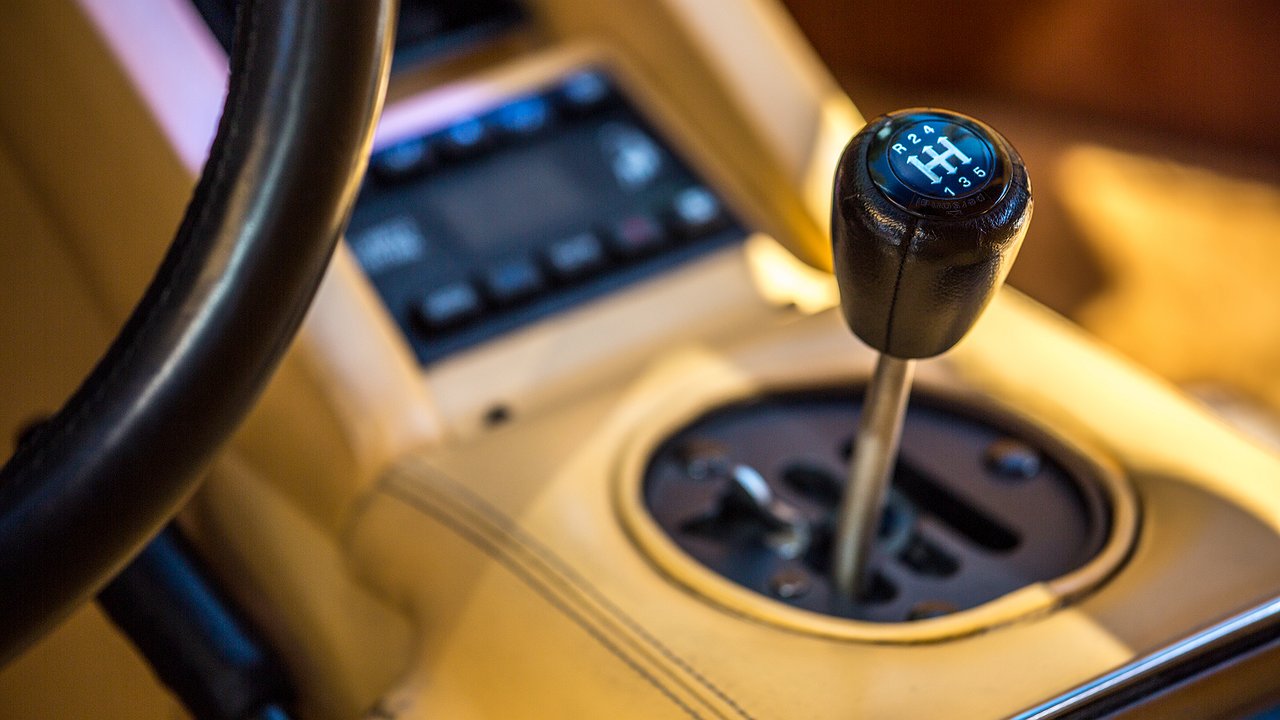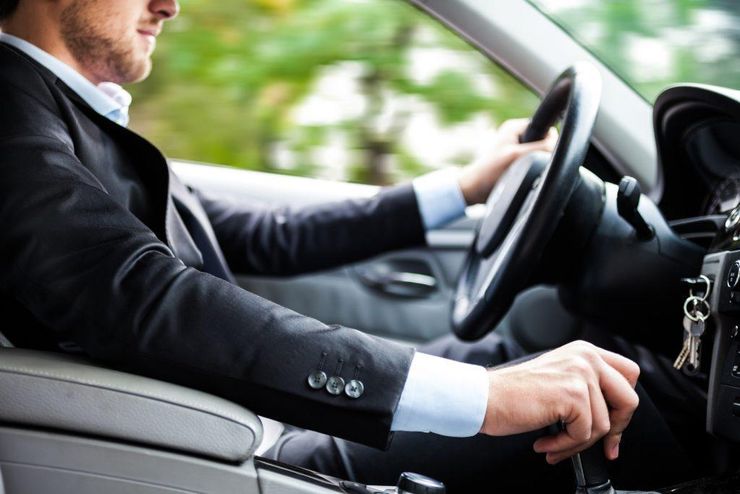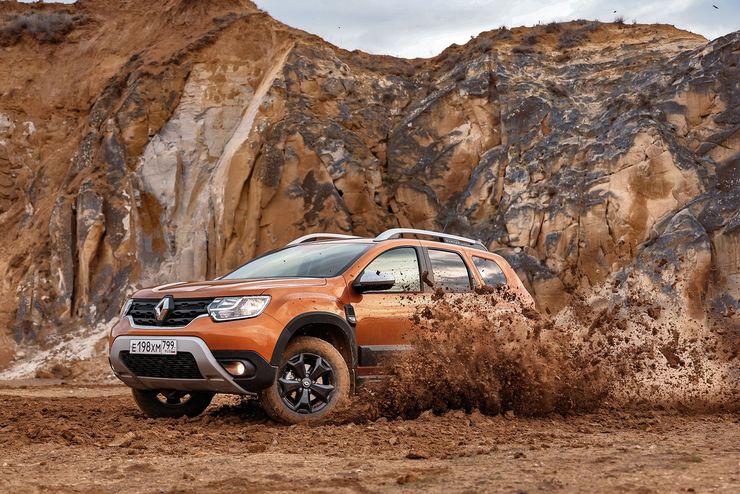From “second” gear: indulgence or necessity
- July 5, 2023
- 0
Restrictions on the emission of harmful substances into the atmosphere force engineers to modify mechanical transmissions. Yes, and during tests on the WLTP cycle, it is prescribed to
Restrictions on the emission of harmful substances into the atmosphere force engineers to modify mechanical transmissions. Yes, and during tests on the WLTP cycle, it is prescribed to

Starting from second gear is more environmentally friendly. The universal test procedure WLTP has a large package of driving cycles, whereby it is mandatory to comply with the Euro-6 standards. And this can be done if the engine is running in the idle range. Therefore, the testers act filigree, start slowly on the stand, without raising the needle of the tachometer above 1500 rpm, and a “longer” step helps them in this.
For example, the second gear of a 5-speed Volkswagen Polo manual has a gear ratio of 1.96, which is enough for starting. The naturally aspirated engine develops 70-80% of thrust at 1500rpm, which means it can handle tight rides with ease.
Already at 1000 rpm. The 1.6-liter engine has about 100 Nm, which is enough to get the car not only in second gear, but even in third gear. And you don’t have to push too hard. And the long gear ratio of the “second” allows you to accelerate to 25 km / h, without actually raising the needle of the tachometer above 2000 rpm, while with the “first” you should let the engine down to 3-4 thousand turn. The less you gasify, the less you burn gasoline and the less harmful substances are released into the atmosphere.
By the way, the same technique is used in dual-clutch DSG robot boxes. The “first” is necessary to give an impulse and drive away, and the “second” is already turned on at 2 km / h and the engine is running at 1100-1200 rpm. In addition, the electronics do not close the clutch plates to the end and allow them to slip for the sake of smooth running.
It is possible and necessary to start from the “second” if there is a slippery road under the wheels. It allows you to move smoothly and without jerks, preventing the wheels from slipping. Second gear can also come in handy on loose sand. The car then digs less. In these cases, too, you must hold down the clutch pedal and avoid fully engaging the discs, causing them to deliberately slip. The main thing is to do everything carefully to avoid serious wear of the discs.
There are cars with a very short first stage, which are only designed for off-road crawling. The most famous of these is the Renault Duster with a six-speed manual transmission. Engineers specifically made the gear ratio of the “first” – 4.46, so that it replaced the lower row of an off-road transmission. For mud or steep 30-degree slides, this is a boon, but in town the short first step is useless. You cannot drive it faster than 7-10 km / h, so it is not forbidden to start immediately from the “second” on the Duster.
For the vast majority of cars, from the “second” is still an excessive measure. Standard 5-speed gearboxes have a “long” first gear, which can accelerate to 40-50 km / h. In Volkswagen Polo, for example, it is 3.46, which is enough for a comfortable start, albeit not as environmentally friendly as Euro-6 requires.
Paradoxically, in addition to environmentalists, the “racers” also like the “second”, because it allows you to start more dynamically. It can instantly accelerate to 80 km / h, with the engine revving up to 5500 rpm. This means time is saved and without switching you can beat everyone. Moreover, for most Schumachers, the thrills of acceleration mean even more than a pointless traffic light victory. The heart stops, as on a great swing.
Adrenaline is addictive and you want to do traffic light starts over and over again. Without purpose, for fun. But in this case, the pleasure is expensive. With a sporty start from second gear, the clutch plates must be prevented from closing completely, causing them to slip, rub, heat up and wear out a lot. The engine is loosened to 4000-5000, that is, to the revolutions of maximum thrust, and the load on the friction linings is enormous. This causes the clutch to fail much sooner.
In general, if you value the environment, you can start with the “second” as in the WLTP tests. But then you need to accelerate in accordance with WLTP, that is, 1.58 m / s2, which corresponds to a “vegetable” rhythm from 18-20 seconds to “hundreds”. But traffic light races for standard cars are always bad, unless, of course, the driver likes to often disassemble the box and replace the clutch.



Starting from second gear is more environmentally friendly. The universal test procedure WLTP has a large package of driving cycles, whereby it is mandatory to comply with the Euro-6 standards. And this can be done if the engine is running in the idle range. Therefore, the testers act filigree, start slowly on the stand, without raising the needle of the tachometer above 1500 rpm, and a “longer” step helps them in this.
For example, the second gear of a 5-speed Volkswagen Polo manual has a gear ratio of 1.96, which is enough for starting. The naturally aspirated engine develops 70-80% of thrust at 1500rpm, which means it can handle tight rides with ease.
Already at 1000 rpm. The 1.6-liter engine has about 100 Nm, which is enough to get the car not only in second gear, but even in third gear. And you don’t have to push too hard. And the long gear ratio of the “second” allows you to accelerate to 25 km / h, without actually raising the needle of the tachometer above 2000 rpm, while with the “first” you should let the engine down to 3-4 thousand turn. The less you gasify, the less you burn gasoline and the less harmful substances are released into the atmosphere.
By the way, the same technique is used in dual-clutch DSG robot boxes. The “first” is necessary to give an impulse and drive away, and the “second” is already turned on at 2 km / h and the engine is running at 1100-1200 rpm. In addition, the electronics do not close the clutch plates to the end and allow them to slip for the sake of smooth running.
It is possible and necessary to start from the “second” if there is a slippery road under the wheels. It allows you to move smoothly and without jerks, preventing the wheels from slipping. Second gear can also come in handy on loose sand. The car then digs less. In these cases, too, you must hold down the clutch pedal and avoid fully engaging the discs, causing them to deliberately slip. The main thing is to do everything carefully to avoid serious wear of the discs.
There are cars with a very short first stage, which are only designed for off-road crawling. The most famous of these is the Renault Duster with a six-speed manual transmission. Engineers specifically made the gear ratio of the “first” – 4.46, so that it replaced the lower row of an off-road transmission. For mud or steep 30-degree slides, this is a boon, but in town the short first step is useless. You cannot drive it faster than 7-10 km / h, so it is not forbidden to start immediately from the “second” on the Duster.
For the vast majority of cars, from the “second” is still an excessive measure. Standard 5-speed gearboxes have a “long” first gear, which can accelerate to 40-50 km / h. In Volkswagen Polo, for example, it is 3.46, which is enough for a comfortable start, albeit not as environmentally friendly as Euro-6 requires.
Paradoxically, in addition to environmentalists, the “racers” also like the “second”, because it allows you to start more dynamically. It can instantly accelerate to 80 km / h, with the engine revving up to 5500 rpm. This means time is saved and without switching you can beat everyone. Moreover, for most Schumachers, the thrills of acceleration mean even more than a pointless traffic light victory. The heart stops, as on a great swing.
Adrenaline is addictive and you want to do traffic light starts over and over again. Without purpose, for fun. But in this case, the pleasure is expensive. This is because during a sporty start from second gear, the clutch plates must be prevented from closing completely, which causes them to slip, rub, heat up and wear out badly. The engine is loosened to 4000-5000, that is, to the revolutions of maximum thrust, and the load on the friction linings is enormous. This causes the clutch to fail much sooner.
In general, if you value the environment, you can start with the “second” as in the WLTP tests. But then you need to accelerate in accordance with WLTP, that is, 1.58 m / s2, which corresponds to a “vegetable” rhythm from 18-20 seconds to “hundreds”. But traffic light races for standard cars are always bad, unless, of course, the driver likes to often disassemble the box and replace the clutch.
Source: Avto Vzglyad
Donald Salinas is an experienced automobile journalist and writer for Div Bracket. He brings his readers the latest news and developments from the world of automobiles, offering a unique and knowledgeable perspective on the latest trends and innovations in the automotive industry.